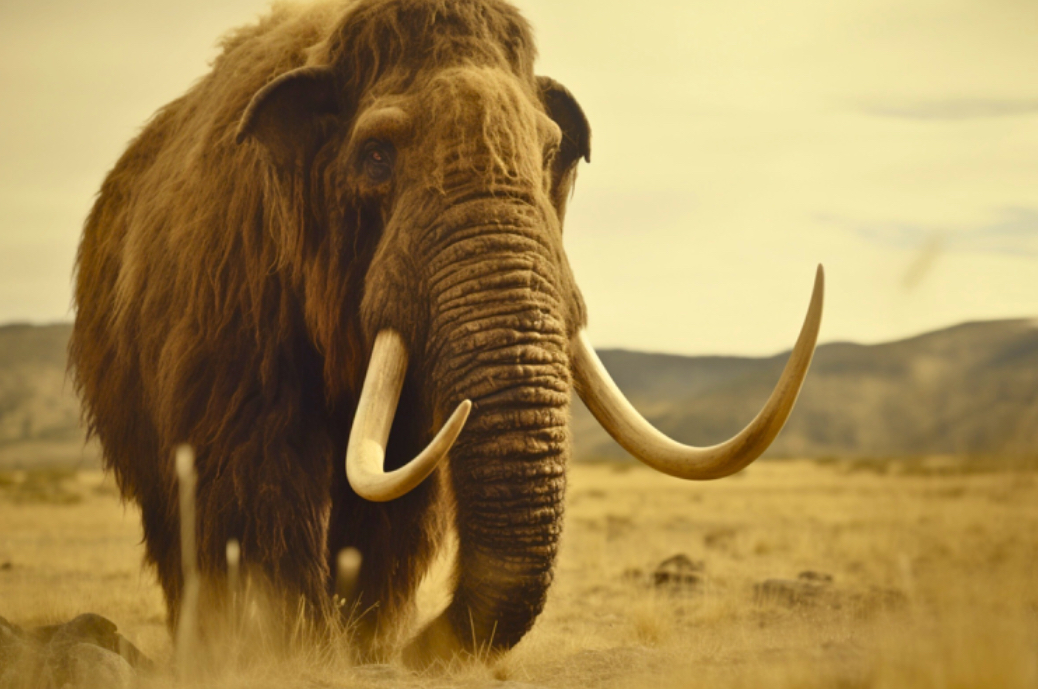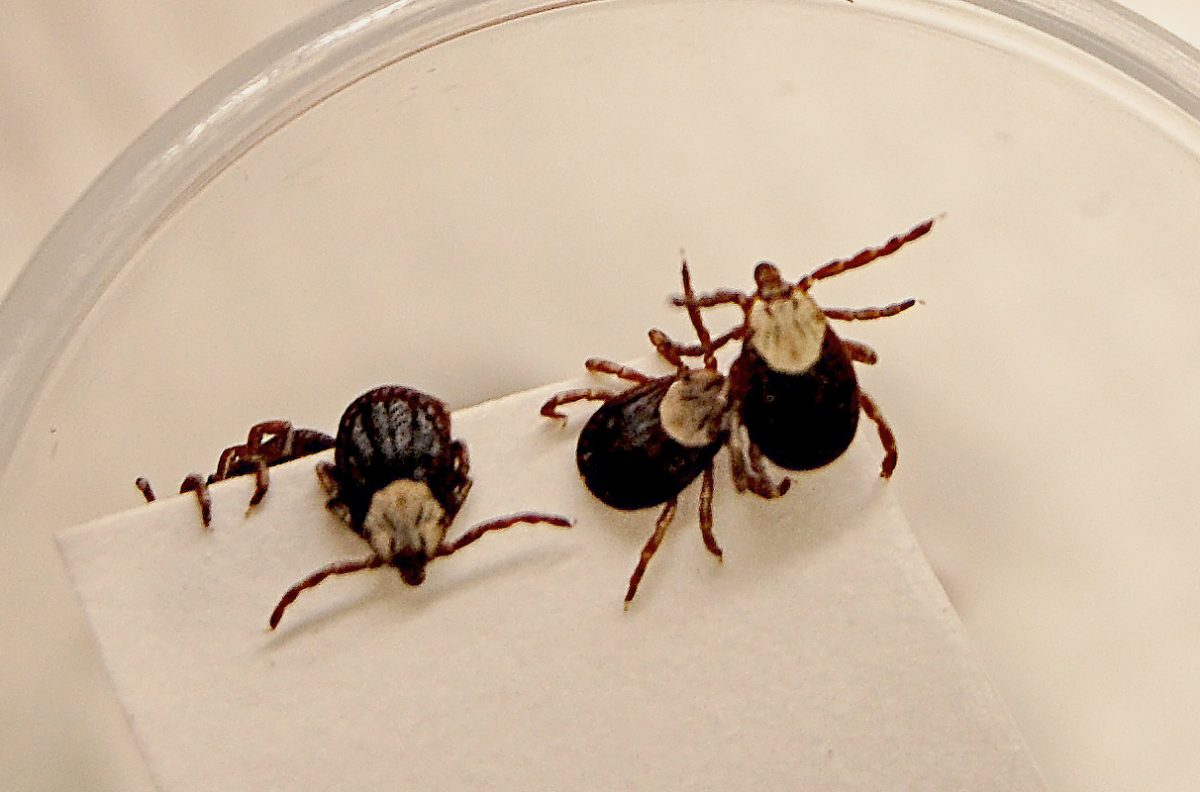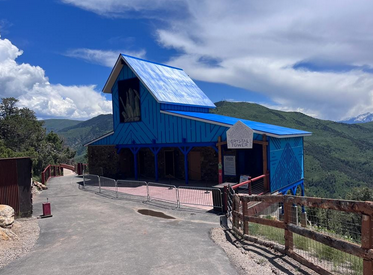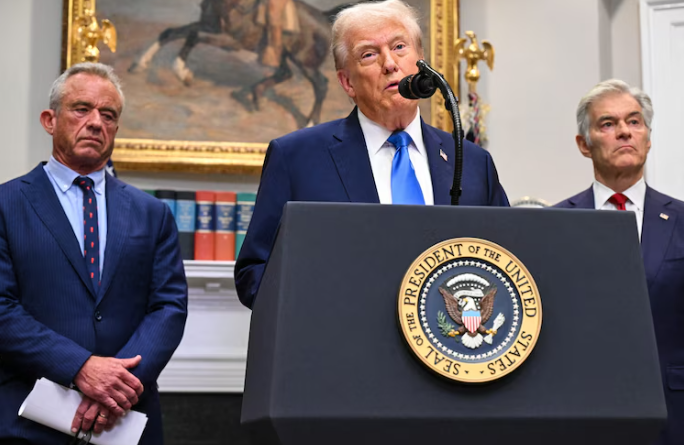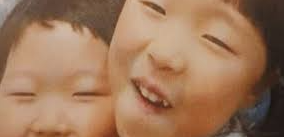Scientists working for Colossal Biosciences have discovered how to make pluripotent stem cells (iPSCs) from an Asian elephant, which will help them reach their goal of creating a woolly mammoth.
The main goal of this project is explained in more detail by Katie Hunt in a CNN article as she states, “The long-term goal is to create a living, walking elephant-mammoth hybrid that would be visually indistinguishable from its extinct forerunner and — if released into its natural habitat in sufficient numbers — could potentially help restore the fragile Arctic tundra ecosystem” (March 9th).
Matt Reynolds explains how iPSCs can help the scientists achieve this, stating that scientists will hopefully now be able to create egg and sperm cells without having to get tissue samples from elephants as frequently (March 6th, WIRED).
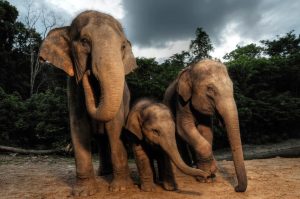
Having the ability to make genetically different egg and sperm cells may also allow scientists to avoid the negative effects of inbreeding when making genetically modified Asian elephants, Reynolds states in this same article. Reynolds discusses this further, writing, “Since there is a relatively limited supply of elephant eggs and sperm, one problem facing the de-extinction project is getting enough genetic diversity to support a population of functional mammoths—develop them from too few individuals, and you risk the negative effects of inbreeding” (March 6th).
While these stem cells may have been created with the intention of using them to create a woolly mammoth, Hunt writes in the aforementioned CNN article that there are other things they can be used for too. In her article Hunt explains that these stem cells can help scientists study the Asian elephant’s “unique biology” (March 9th).
Reynolds writes in the previously mentioned WIRED article that these stem cells could also help scientists in conservation efforts, as they can use the stem cells to see how different types of cells respond to the elephant endotheliotropic herpes virus (EEHV). Reynolds explains that this is “a leading cause of death for young Asian elephants” (March 6th).


